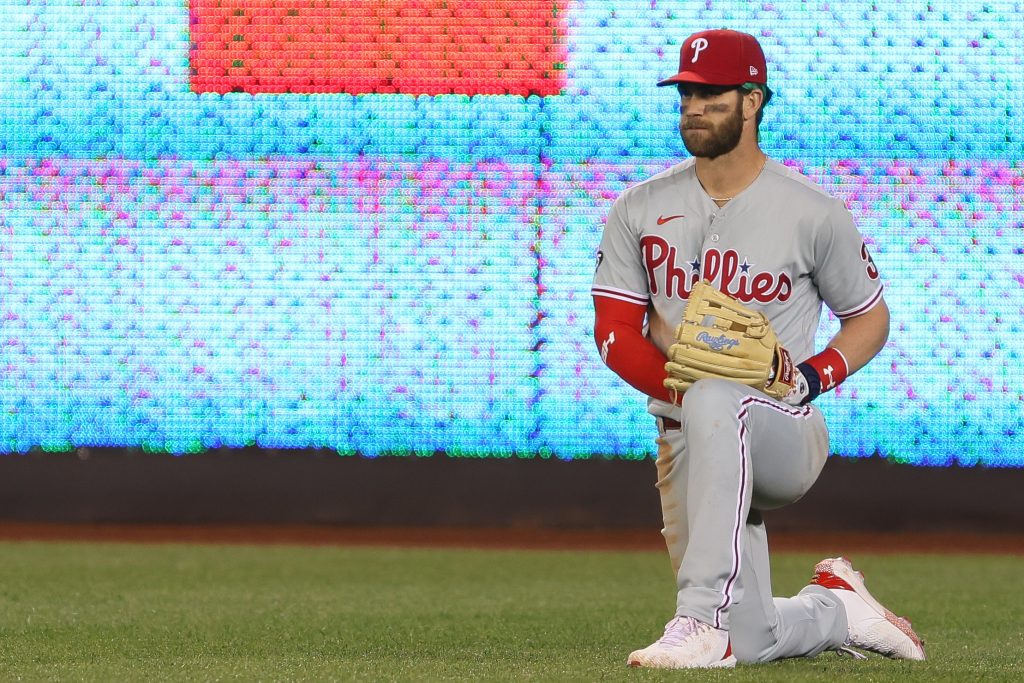Competitive integrity is at the forefront of the current labor discussion in Major League Baseball. The MLB Players Association is aiming to stop the “race to the bottom” where teams cut payrolls to the bare minimum and lose as many games as possible in order to obtain a higher draft position and pocket revenue sharing checks.


The great Jayson Stark recently wrote a column in The Athletic detailing a plan to curb tanking. Instead of teams drafting in reverse order by record, the top picks would be awarded to the teams who just missed the postseason. In Stark’s plan, which he calls “Tanks But No Tanks,” the Phillies would have the No. 5 pick in next year’s amateur draft.
The 52-110 Baltimore Orioles, who own the No. 1 pick in the current system, would pick No. 20 in the “Tanks But No Tanks” plan. The playoff teams would round out the final 10 picks of the first round.
It’s not necessarily a new idea. The “Gold Plan” has been floating around in hockey for a few years. In that plan, the NHL draft order is decided based on the amount of points each non-playoff team accumulates after they have been eliminated from playoff contention. It favors weaker teams who are eliminated earlier while attempting to remove the incentive to tank once the playoffs are out of reach.
In the article, Stark floated the plan around to league executives. Some liked how it gives teams the incentive to be competitive at the end of the season while others were skeptical of the idea since other leagues have yet to implement a similar plan.
It doesn’t sound like the “Tanks But No Tanks” plan, or anything similar to it, is on the negotiation table, but Stark did report the players association’s latest draft proposal to the league.
In the proposal, a draft lottery would determine who receives the first eight picks. Small-market teams that finish with a bottom eight record in each of the previous two seasons would be ineligible for the lottery. For large-market teams, finishing in the bottom four for two consecutive seasons would mean you are disqualified from the lottery.
For all remaining picks after the lottery, small-market teams would pick using reverse-order winning percentage followed by large-market teams by reverse-order winning percentage.
It’s unclear what constitutes a “small-market” or “large-market” team in this specific proposal. An easy way to differentiate would be to define revenue-sharing payors, teams like the Dodgers, Angels, Yankees, Mets, Red Sox and Phillies, as the large-market teams. Revenue-sharing payees, teams like the Marlins, Rays, Brewers, Orioles, Reds and Guardians, would be considered the small-market teams.
Anyway, Stark’s “Tanks But No Tanks” idea is an interesting thought exercise. If the two sides were to agree on a similar idea, a team like the Phillies, who have hovered around .500 in each of the last four seasons, would benefit greatly. They would have had the No. 2 pick in the 2021 draft, the No. 6 pick in 2020 and the No. 7 pick in 2019.
In the current system, the Phillies are scheduled to hold the No. 17 pick in 2022.